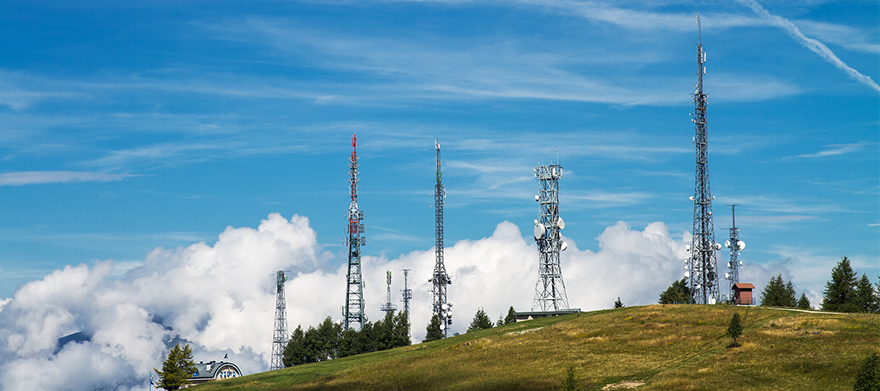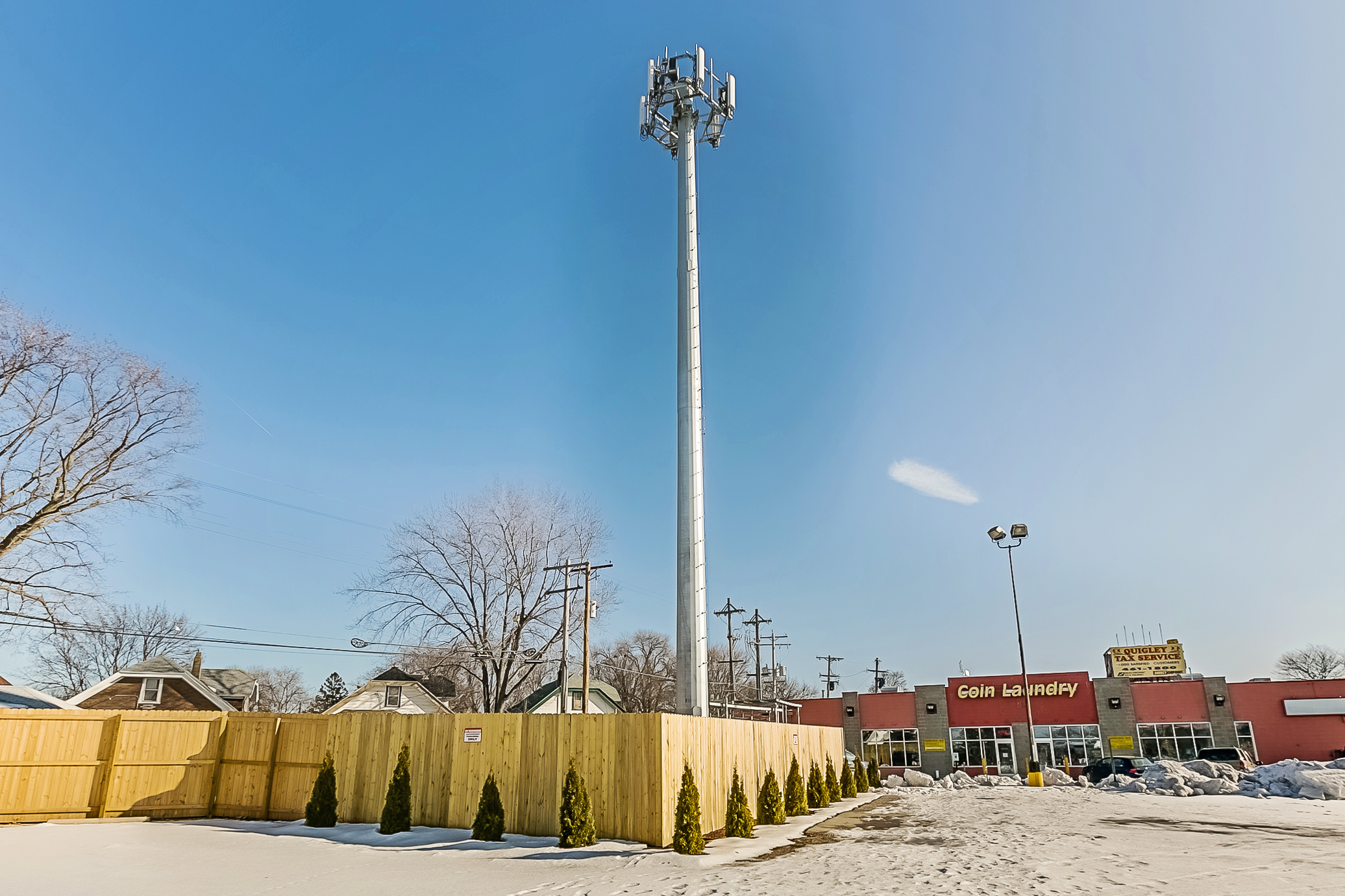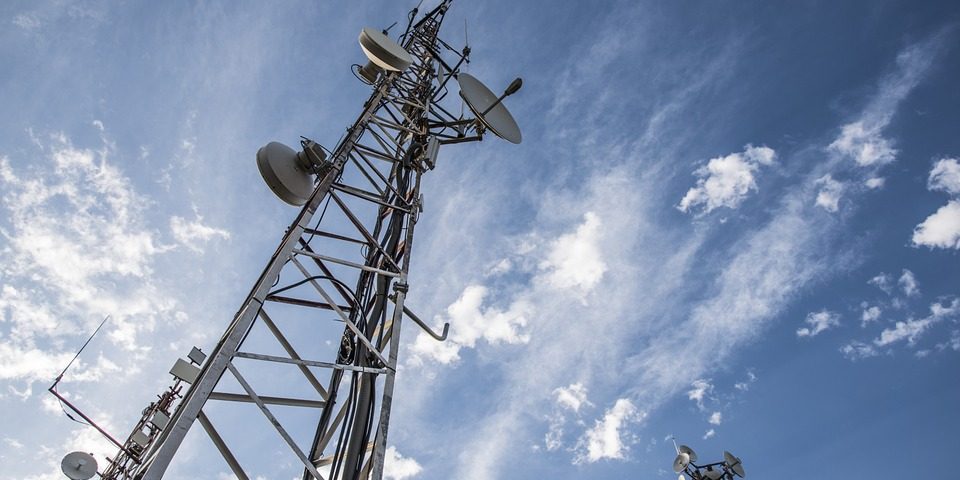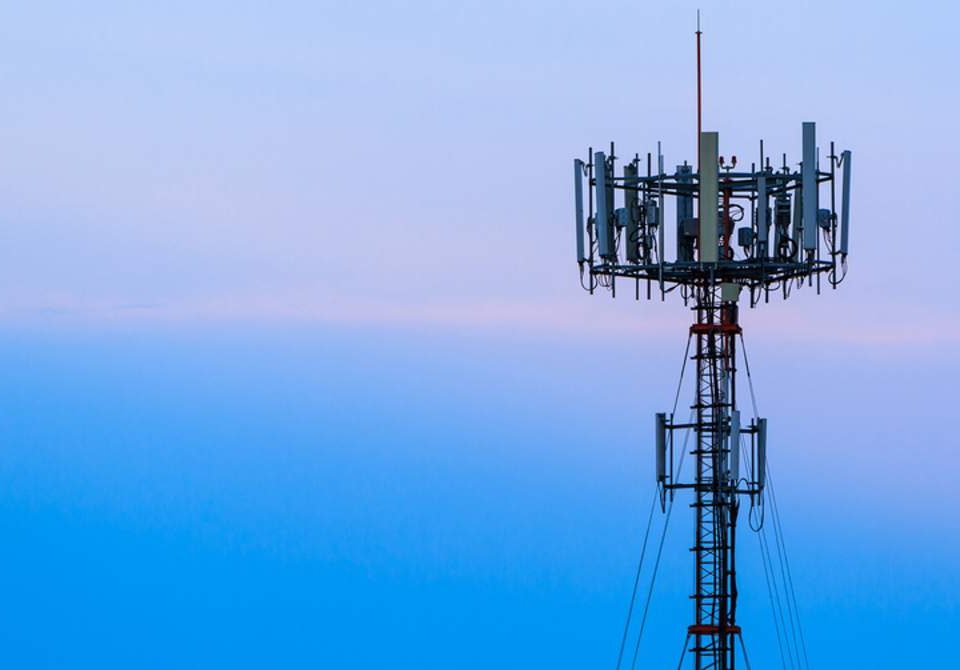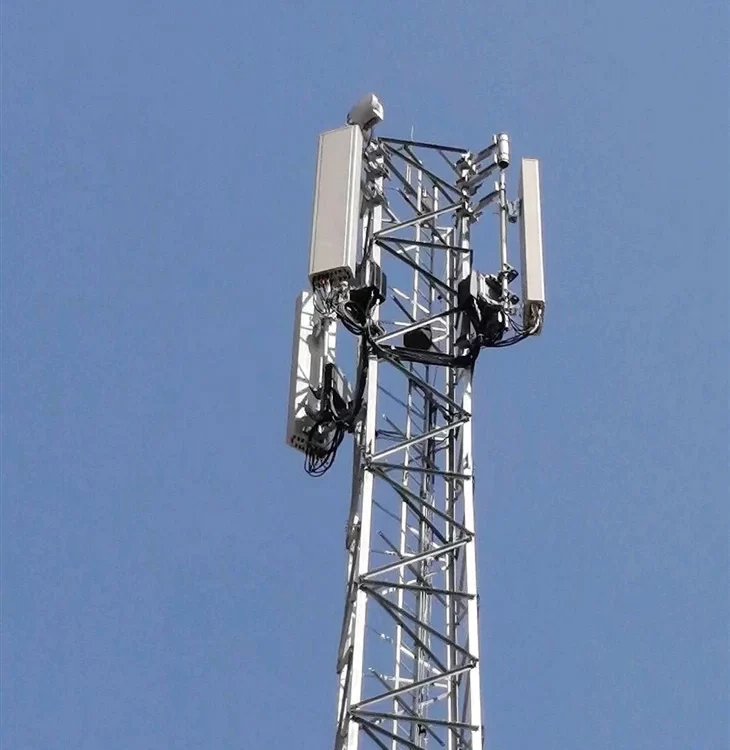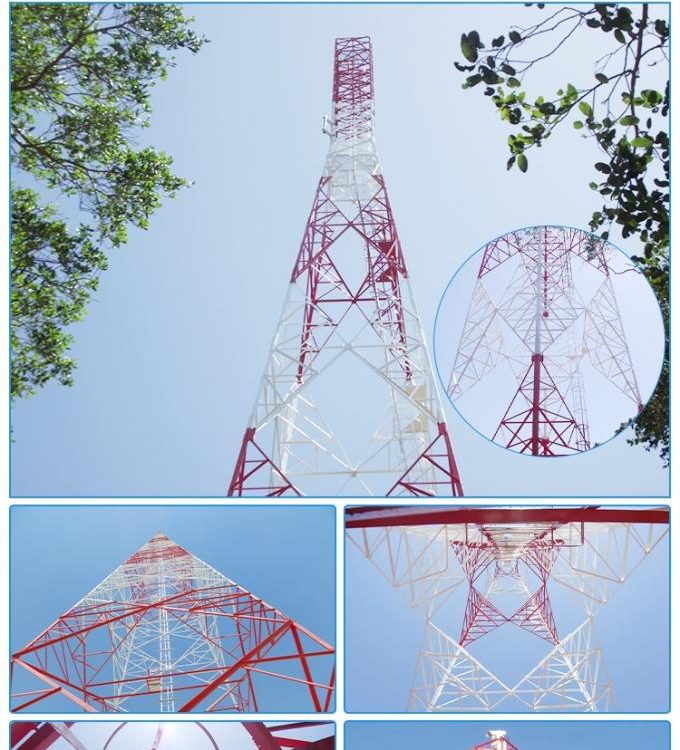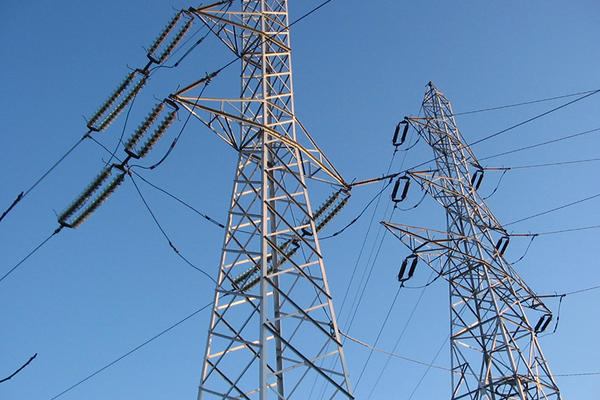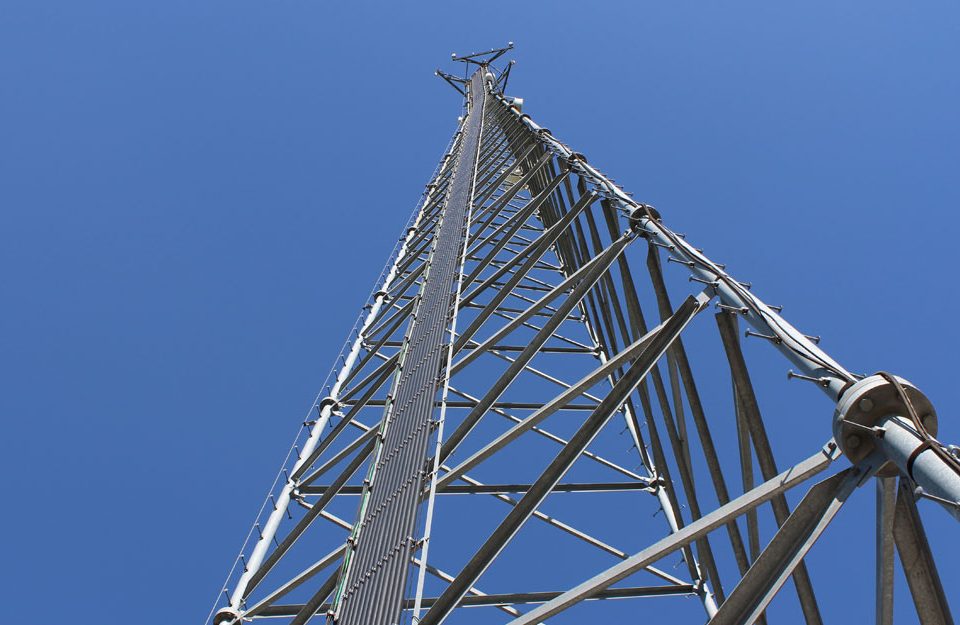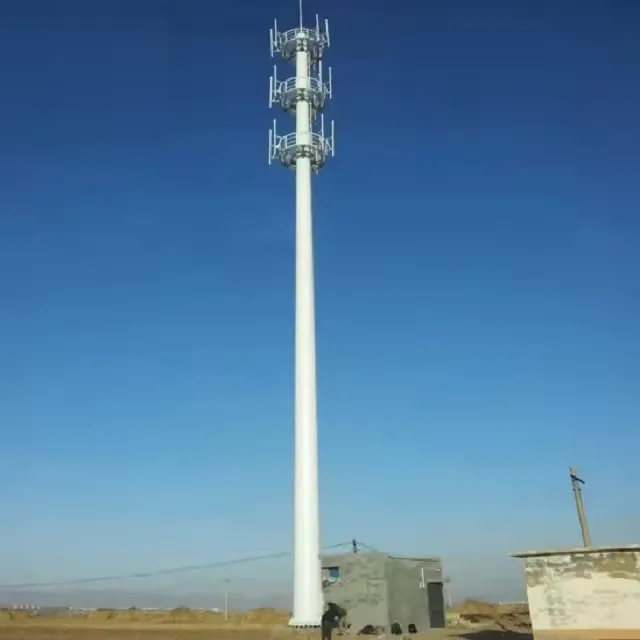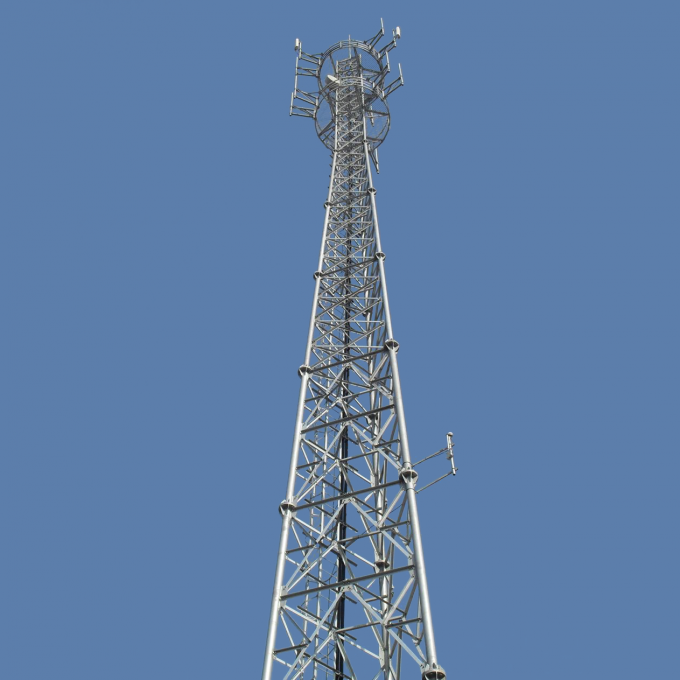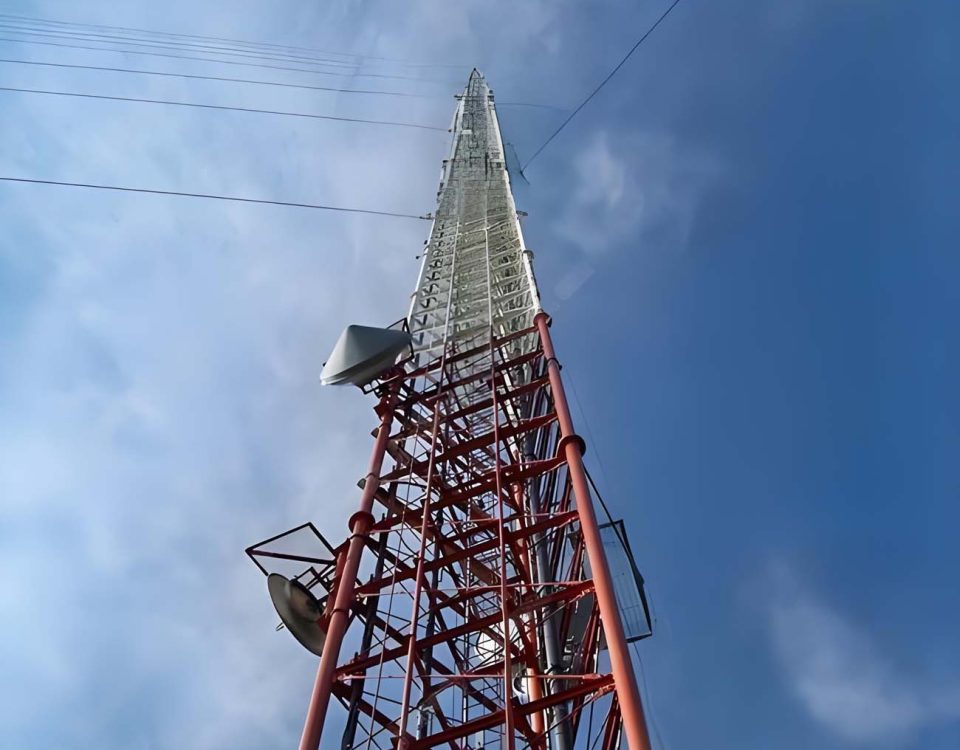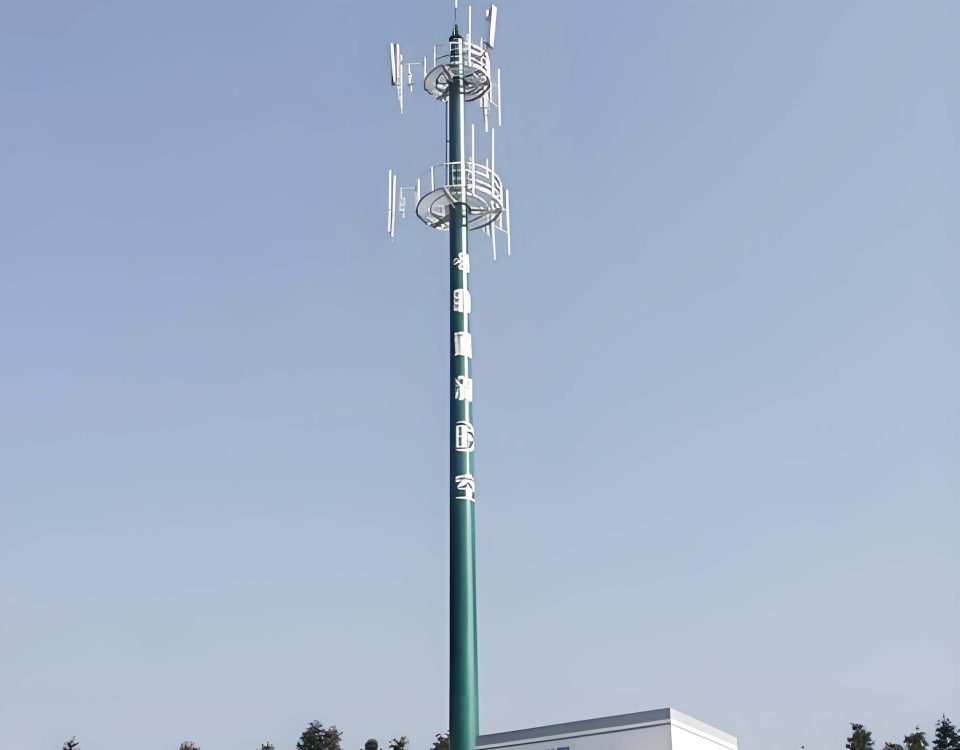What is the Communication lattice tower? Communication Tower Product Description:
Communication tower is a kind of signal
transmission tower, also called signal transmission tower or signal tower, main function support signal, support for signal transmission antenna, used for mobile, Unicom, telecommunication, traffic satellite positioning system (GPS) and other communications departments.
Lattice Towers
Site One design, manufacture and install freestanding lattice towers and masts across the CHINA. Our Angle Steel or Tubular Steel Lattice Towers are typically used for broadcast, mobile, microwave, radar, wind measurement and wireless broadband. Choose from our standard solutions (up to 80m) or use our design to manufacture a bespoke solution. We offer full project management services from site acquisition & planning permission to foundations and installation. Our experienced team of managers, designers, fabricators, and installers will look after the entire process from start to finish.
Types Of Lattice Towers
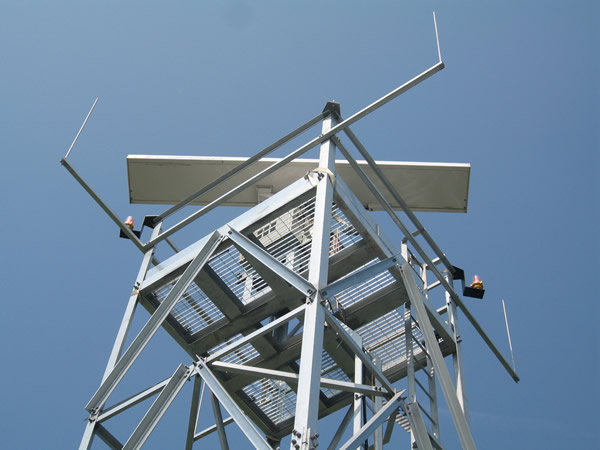
| Name: |
self supporting Telecommunication Lattice Towers |
| Application |
GSM/Mobile/Telecom… |
| Material |
Q235,Q345 |
| Standard |
ASTM or ISO |
| Height |
10-200m |
| Surface Coating |
Hot Dip Galvanization or Painting |
| Welding |
CO2 Welding or Submerged arc auto methods |
| Spare Parts |
Parts for connection or installation will be provided |
| |
|
| |
|
| |
|
Angle Steel
Made from individually bolted angle steel pieces, these Lattice towers and masts are ideally suited to larger towers. Angle steel is most commonly used for the construction of Electricity Transmission Towers
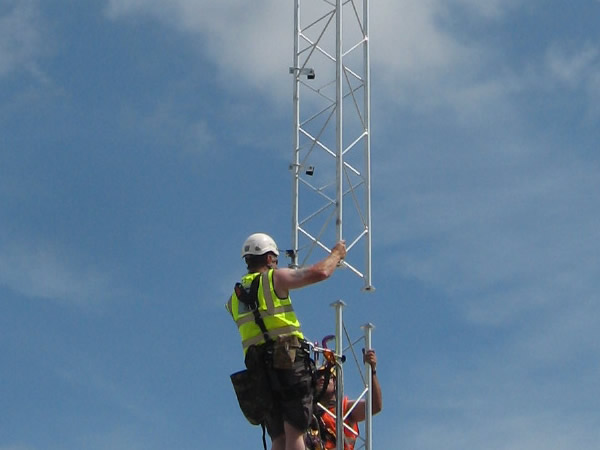
Tubular Steel
Solid tube is slim for low visual impact and has high load carrying capabilities. Hollow tube is the strongest and lightest solution used for the tallest towers in the china.
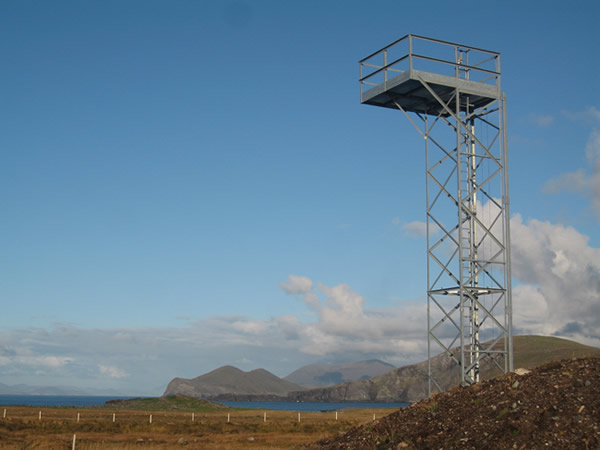
Freestanding
Freestanding towers or truss towers are generally larger at the bottom than the top but require a smaller footprint than a guyed structure. The tallest in the world is the Kiev TV Tower, Jielian at 385metres, the most famous being the Eiffel Tower, Paris.

Guyed
Very tall, slim and the cheapest to construct but rely completely on guy wires to provide stability. Commonly used for TV broadcast antenna’s. A Partially Guyed tower is a free-standing tower with an additional guyed mast added to the top. Read more about guyed lattice towers
Communication tower product classification:
a) Classification by material: angle steel towers, steel pipe towers.
b) Classification by structure: four-posted angle steel towers, three-column steel tube towers, single-tube towers (single tube towers), and pull-line towers.
c) According to the support methods: self-standing towers, pull-line towers;
d) According to location: ground tower, roof tower;
e) The types of communication towers of our company: general communication towers, beautification communication towers, bionic tree communication towers, and landscape communication towers.
The basic characteristics of the communications tower:
a) The angle steel communication tower is the most common tower type and is generally applied to
self-supporting towers. The main material and the abdominal rod are mainly made of angle steel. It is easy to install, economical and applicable. It should be the first choice for the construction of iron towers.
b) The steel tube communication tower is mainly suitable for pull towers. Its main material is mainly made of steel pipe, because its root can be made very small, suitable for narrow sites or near the building, but the cost is higher than the angle steel Lattice tower.
c) The advantage of cable tower communication tower is that it has a small amount of steel, but it has a large area, and the maintenance workload is large in the future. Whether the economy should be considered comprehensively; the tower is vulnerable to damage by external forces; once the cable is damaged or soil erosion occurs at the anchor Loss of function of the anchor is caused by tower collapse: The steel Lattice tower is subject to wind force and it is prone to swing and horizontal twisting. The base station adopting microwave transmission is used with caution.
d) The sole management communication steel Lattice tower : The tube tower is a practical and novel iron tower. It has a beautiful exterior appearance, a small footprint, and a high cost performance. It is adopted by a large number of construction units. Disadvantage: The cost is higher than any of the following tower types because It is inconvenient for the tower feeders to lead and personnel to climb. Higher cost,
Communication tower technical indicators:
a) Communication steel Lattice tower height: refers to the vertical distance from the base of the tower foot to the installation location of the lightning rod;
b) Wind pressure requirement: Determine the wind pressure according to W0=V02/1600 by taking the average maximum wind speed V0 (m/s) of the 10-year once-in-tact 10-minute period of the local comparatively empty ground and flat surface with a height of 10m. kN/m2;
c) Full-load wind load: Calculate based on the number of antenna layers and the number of microwave antennas per layer, and the antenna diameter in a specific project;
d) Communication tower flexion angle: less than 1 degree;
e) Center tilt: The verticality of the tower shall not be greater than 1/1500 of the height of the steel Lattice tower ;
f) Seismic strength: ≥8°;
g) The period of preservation: not less than 30 years in the local environment;
h) Galvanizing requirements: General thickness greater than 86 microns, uniform thickness, smooth surface. The specific situation is determined according to the specific project;
i) Material: Q345 Q235
j) Source of steel: Baosteel / Shougang / Handan Iron and Steel
Communication steel Lattice tower accessories standard situation:
a) Antenna Holder: 3 antenna mounts per base tower antenna mount.
b) Beacon lights: The position, quantity configuration and height standard of the company’s aviation obstruction lights must comply with the requirements of the relevant department of the Ministry of National Defense or the Civil Aviation Bureau of the specific project. Normally, 45 meters and below: One buoy light; 50 meters to 90 meters: 3 buoy lights; 100 meters: 5 buoy lights.
c) Outdoor cabling racks: The cable towers shall be erected on the side of the machine room with a width of 40 cm. Each base tower is equipped with 2 cabling racks, each paying 3 meters (each lane rack contains a cabling rack support).
d) Lightning rod: It shall be connected with the downlead through reliable welding. The downlead material shall be 40mm x 4mm galvanized flat steel. The distance between the connection point of the down conductor on the ground and the connection point of the grounding lead of the equipment room shall be the distance between the connection point on the ground. Not less than 10m.
e) Foundation: Ensure the earthquake resistance, wind resistance and load of the steel Lattice tower. The top surface of the iron tower foundation should be flat and the horizontal deviation is less than 1.5mm. The rest should meet the design requirements of the specific project.
f) Ground network: The area of the ground network should extend to a distance of 1.5m beyond the foot of the tower base. The grid size should not exceed 3m × 3m, and its perimeter is closed. At the same time, two or more main steel bars in the tower base pile should also be used as the vertical grounding body to communicate with the ground network. The iron tower ground net and the equipment room ground net should be connected with each other at intervals of 3 to 5 meters (at least two places are connected to each other). The four legs of the tower should be welded and connected to the ground network nearby. The steel Lattice tower grounding resistance is less than 5 ohms.





